When you’re on a construction site, even the smallest tool failure can cost time, money, or safety. Helmets, boots, and gloves are designed for harsh conditions—yet most smartwatches aren’t.
Regular models may look stylish, but cracked screens, dead batteries, or water damage quickly turn them into liabilities instead of assets.
That’s why more workers are asking: which smartwatch truly fits the job—a regular one or a rugged model built for survival? we’ll unpack the real differences, highlight the features that matter most on worksites, and help you choose the right smartwatch for your daily grind.
Why Construction Workers Need a Special Smartwatch
A construction site is not a friendly place for electronics. Dust, water, sudden impacts, and long work shifts create conditions that most consumer gadgets aren’t designed to handle. Workers often complain that their standard smartwatches crack after one fall or shut down in the rain.
In fact, a 2024 report from Statista showed that rugged wearables are increasingly popular in heavy industries, with adoption rising over 30% year-on-year in the construction sector. This trend highlights a clear need: workers want devices that can survive the job site, not just the gym.
Why Regular Smartwatches Struggle on Construction Sites
Construction sites are brutal environments for electronics. Dust doesn’t just cover surfaces—it infiltrates seams and sensors, interfering with heart rate monitors and GPS. Concrete fragments and vibrations from jackhammers stress fragile components. Sudden drops aren’t “if” but “when.”

A regular smartwatch may be fine in an office, but on-site, it’s often exposed to conditions it wasn’t designed for:
- Dust and Debris: Tiny particles clog sensors, making health data unreliable.
- Water and Mud: Rain or a spilled water bucket can breach seals.
- Temperature Extremes: According to Journal of Power Sources, lithium-ion batteries lose 40% of capacity at –20°C—bad news for winter shifts. Heat above 40°C accelerates chemical breakdown, shortening lifespan.
- Impacts: A 1.5m fall onto concrete can shatter a standard smartwatch’s display.
On Reddit’s r/Construction, a worker shared: “My Apple Watch lasted only 2 weeks. One slip off scaffolding and the screen was gone.”
Essential Smartwatch Features for Construction Workers
A rugged smartwatch isn’t just a heavier version of a regular one—it’s built to survive construction sites. Here are the key features that make the difference:
Military-Grade Durability
MIL-STD-810H: This standard includes 28 different tests such as drops from 1.5 meters, vibrations similar to power tools, rapid hot-to-cold temperature changes, and even salt fog to check corrosion resistance.
A fall from scaffolding, exposure to blazing summer heat, or constant cement dust won’t instantly destroy your device.
Ingress Protection
IP68 certification means the watch is completely dustproof and can handle immersion in 1.5 meters of water for up to 30 minutes.
IP69K goes even further, resisting high-pressure water jets at up to 100 bar and 80°C.
Construction equipment is washed down daily with industrial hoses, and a smartwatch without this level of protection won’t survive.
Battery Life Built for Long Shifts
Rugged models often last 7 to 14 days on a single charge, and some—like the Garmin Instinct Solar—can even extend battery life through solar charging.
During 12-hour shifts, workers can’t risk losing tracking or alerts because of a dead watch.
Glove-Friendly Controls
Rugged smartwatches usually feature large physical buttons or glove mode so they can be used even with dirty or protective gloves.
On a dusty jobsite, swiping a small touchscreen simply doesn’t work, but physical controls keep the watch functional.
“My Garmin Instinct’s been smashed into scaffolding, covered in concrete dust, and it still works after 2 years.” — user report on r/smartwatch
Rugged vs Regular Smartwatch: Side-by-Side Comparison

| Feature | Regular Smartwatch | Rugged Smartwatch |
|---|---|---|
| Durability | Fragile screens, not drop-tested | Military-grade tested, shock- and vibration-resistant |
| Water & Dust Resistance | Basic splash resistance (IP67) | Full IP68/IP69K, dustproof, withstands high-pressure jets |
| Battery Life | 1–2 days | 7–30 days, some models with solar charging |
| Glove Usability | Touchscreen only, difficult with gloves | Physical buttons and glove-friendly operation |
| Worksite Value | Breaks easily, costly to replace | Built to last years in harsh environments |
How to Choose the Right Smartwatch for Construction Workers
Choosing the right smartwatch for construction work is less about brand names and more about matching the watch to your daily routine.
Here’s a practical checklist:
- Assess Your Environment: Do you work indoors most of the time, or are you outside in rain, dust, and direct sun? Outdoor workers benefit most from rugged models.
- Consider Your Tasks: If you climb ladders, carry heavy tools, or work in demolition, durability is non-negotiable. If you’re mostly in meetings, a regular smartwatch may still serve you well.
- Battery Expectations: Can you realistically charge daily, or do you need week-long battery life?
- Ease of Use: Do you often wear gloves? If yes, prioritize physical buttons over touchscreens.
- Budget vs Value: Spending $200–300 on a rugged watch that lasts years is usually smarter than buying a $400 regular smartwatch that breaks in months.
By asking these “how to” questions before buying, construction workers can avoid costly mistakes and choose a smartwatch that fits both their job and lifestyle.
Conclusion
For construction workers, the verdict is clear: rugged smartwatches are built to survive dust, impacts, and long shifts, while regular models quickly fall short. If your daily grind involves mud, concrete, and heavy tools, a rugged smartwatch is the smarter, longer-lasting choice.
FAQs
Has anyone had success with a smartwatch in the field?
Yes—many construction workers report good results with rugged models like KOSPET TANK 3 Utral 2. These watches wit hstand dust, impacts, and water far better than regular smartwatches.
Can a regular smartwatch survive construction work?
It can, but only under lighter conditions and with extra care. Most users find that regular smartwatches crack or fail quickly when exposed to dust, drops, and long shifts.
Are there any “real” rugged smartwatches worth trusting?
Yes—established brands such as Garmin, KOSPET, and Amazfit make rugged models tested to military and IP standards. These are far more reliable than no-name “rugged” watches that often break within weeks.




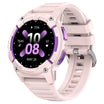
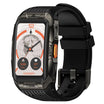
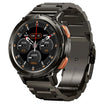
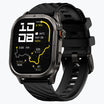
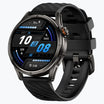
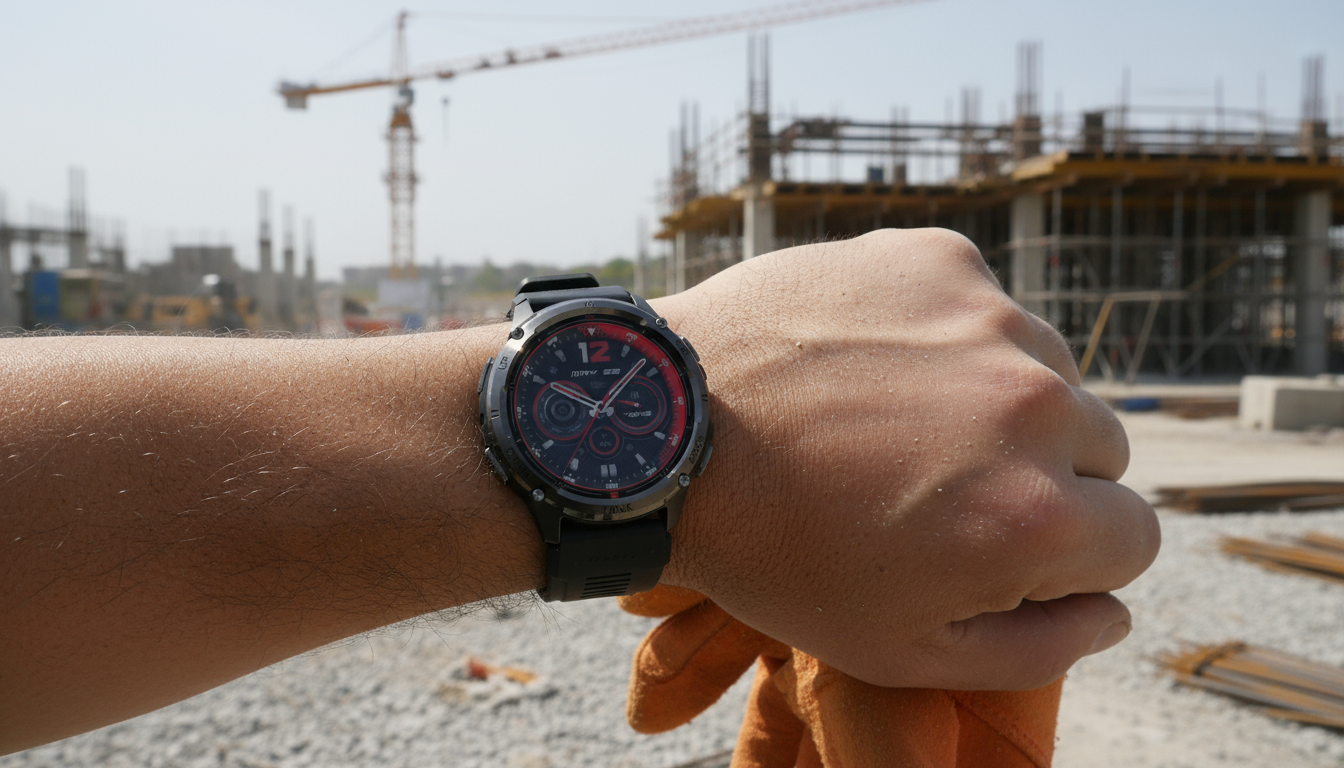
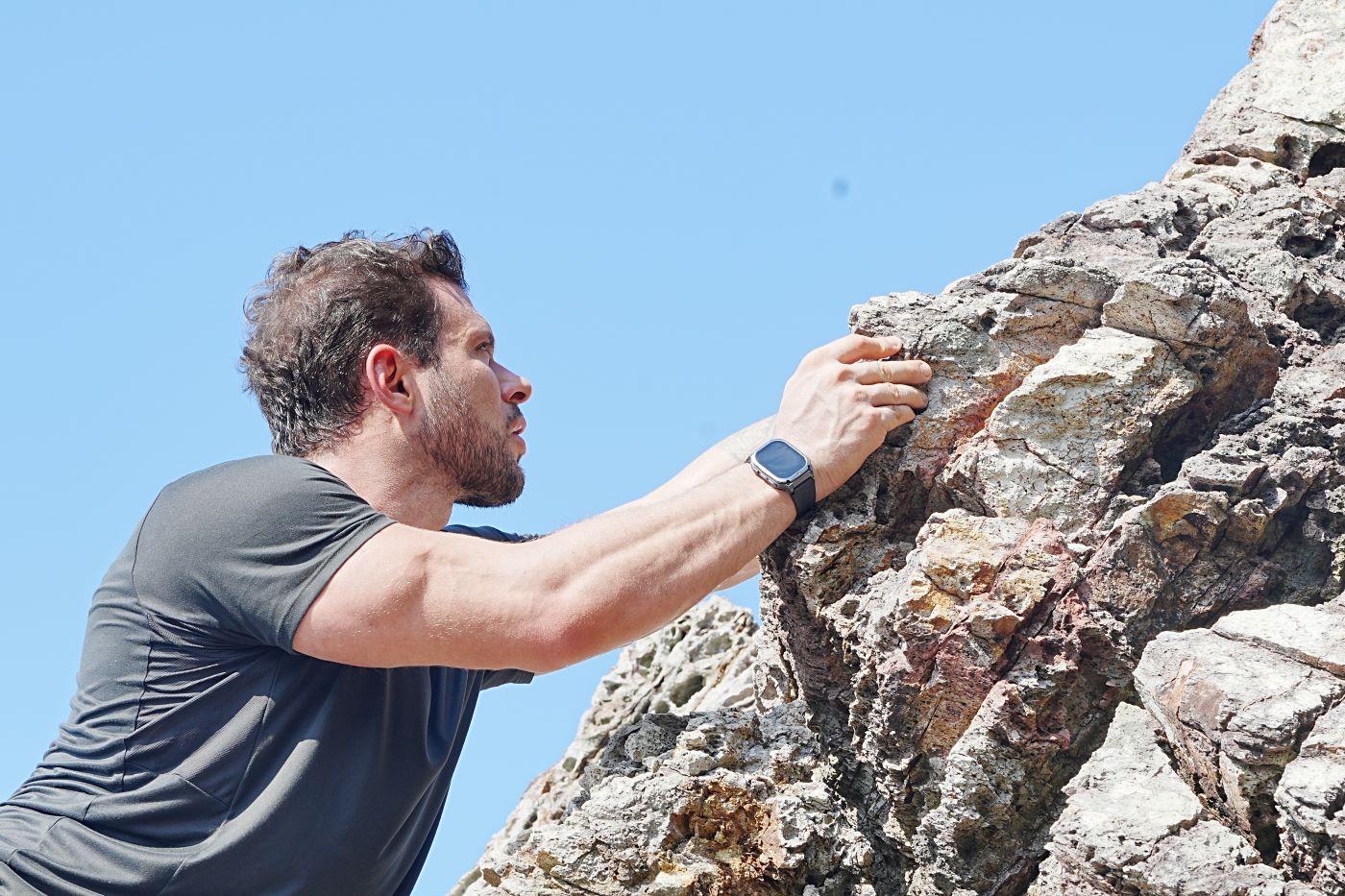
Laisser un commentaire
Ce site est protégé par hCaptcha, et la Politique de confidentialité et les Conditions de service de hCaptcha s’appliquent.